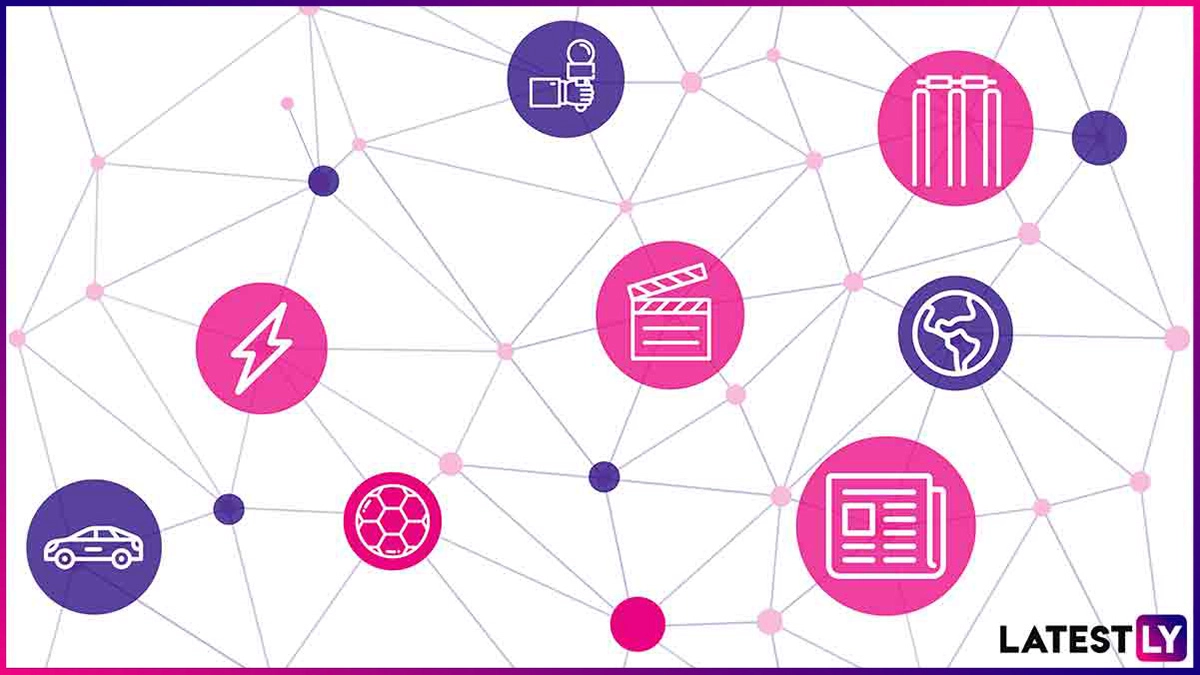Copyright Fast Company

AI is everywhere—it’s embedded in product strategies, featured on earnings calls, and referenced in nearly every C-suite presentation. Companies are pouring billions into artificial intelligence initiatives with the hope of unlocking massive productivity gains and reinventing how work is done. Yet, the return on investment remains elusive for many. Our recent global survey data shows that 86% of employees are underutilizing AI tools, while more than half report using AI for sensitive or high-stakes decisions, often without formal training, clear policies, or managerial guidance. It turns out that AI’s biggest bottleneck is not a technical one; it’s a human one. As a result, U.S. businesses are missing out on an estimated $2.9 trillion in productivity gains not due to faulty or insufficient tools, but a lack of proper strategy and enablement. That’s a serious problem, but one that company leaders can remedy if they take the right steps now. The potential of AI itself is not in question. What needs attention is the way organizations are implementing it. FROM AI ACCESS TO AI FLUENCY The current stage of AI in the workplace recalls the early days of cloud computing or mobile-first strategies. Both have been characterized by the rapid emergence of new technologies, significant expansion of dedicated budgets, and the fear of keeping pace with innovation or risk falling behind. As we’ve learned, however, adoption does not lead to results without proper enablement. Subscribe to the Daily newsletter.Fast Company's trending stories delivered to you every day Privacy Policy | Fast Company Newsletters With AI, the gap between access and fluency is becoming even more consequential. Many employees have access to powerful tools. Yet, they are unsure how to use them effectively. In some cases, workers apply AI to highly sensitive tasks, such as performance evaluations or customer escalations, without being aware of the potential operational and ethical implications. The tools are available, but the guidance and policies necessary to steer employees are not as readily available. Executives may believe their companies are effectively using AI, but the reality at the ground level tells a different story. The good news is with structured training, integrated workflows, and policy-driven use, AI can deliver sustainable value. INNOVATION WITHOUT ENABLEMENT IS JUST THEATER We have entered an era of what some describe as “AI theater,” with a focus by some organizations on appearance over substance. Companies purchase tools, assemble teams, and hold events to showcase innovation. However, without proper training, guidelines, and thoughtful implementation, most employees will not experience the full benefits that AI has to offer. In fact, 82% of employees admit they aren’t very familiar with the practical applications of AI tools to bolster their work. This disconnect underscores the need for more thoughtful preparation and guidance once AI tools are purchased and deployment begins. Without them, workers are not only unsure how to benefit from AI, but they are also navigating unclear expectations and unknown risks. When implementation lacks structure, productivity gains are left on the table, and companies face avoidable compliance and security concerns. AI IS A HUMAN SYSTEMS CHALLENGE The organizations that will succeed in the AI era are not necessarily those with the most advanced technology. Success will come to those who understand AI as a human systems challenge. This means recognizing that people, processes, and policies matter just as much as algorithms—one cannot succeed without the other. Employees need more than access. They need confidence and competence. This includes embedding AI into familiar workflows and creating easy-to-follow guidance. Governance policies should be developed to clarify appropriate use and should evolve based on employee input and business priorities. advertisement Leadership accountability is also critical. Leaders should not confine AI to innovation labs or IT departments. It belongs in boardroom conversations with metrics tied to real business outcomes such as productivity, efficiency, and employee engagement. TRUST IS THE REAL INFRASTRUCTURE Generative AI promises tremendous potential to streamline manual workflows, provide new insights, and even simulate human conversations. Yet none of these matters if employees do not trust the tools or the intent behind their deployment. Leaders build trust through transparency, education, and design. Workers need visibility into how AI makes decisions, what data it draws from, and where its boundaries lie. They also need training to know when to use AI and when to rely on human judgment. Finally, well-designed systems enhance rather than replace that judgment and offer support rather than confusion. FROM HYPE TO ACCOUNTABILITY Leaders are no longer judged primarily on how quickly they can adopt new technologies, but on how well they integrate them into measurable business practices. The question has shifted from whether companies are using AI to whether employees have the resources to use it effectively. In essence, do they have the training, policies, support, and trust to properly utilize the AI tools available to them? This is not a technology problem; it is a leadership opportunity. Fortunately, it is one that leaders can resolve relatively easily. Companies that invest in enablement, structure, and trust-building will not just stay ahead of the curve, they will create sustainable advantages that go far beyond the AI hype cycle to fully capture the many benefits the technology has to offer. Rich Veldran is the CEO of GoTo.



